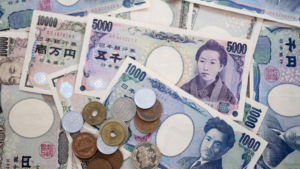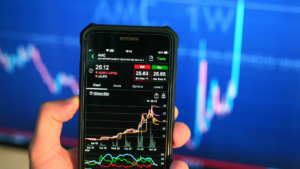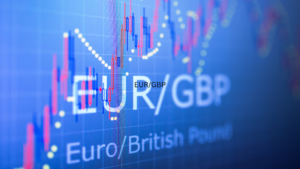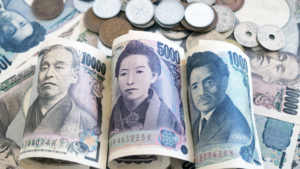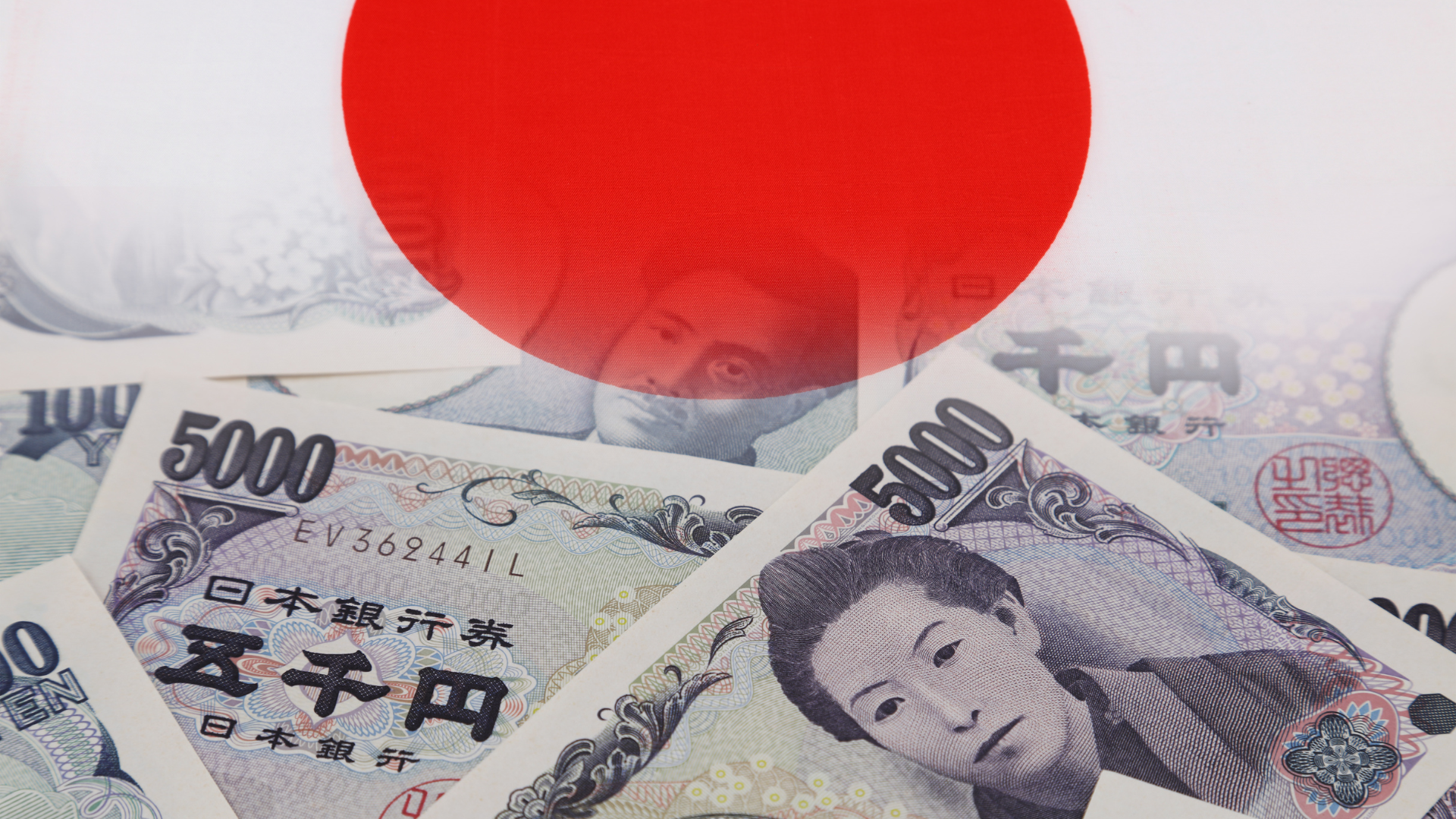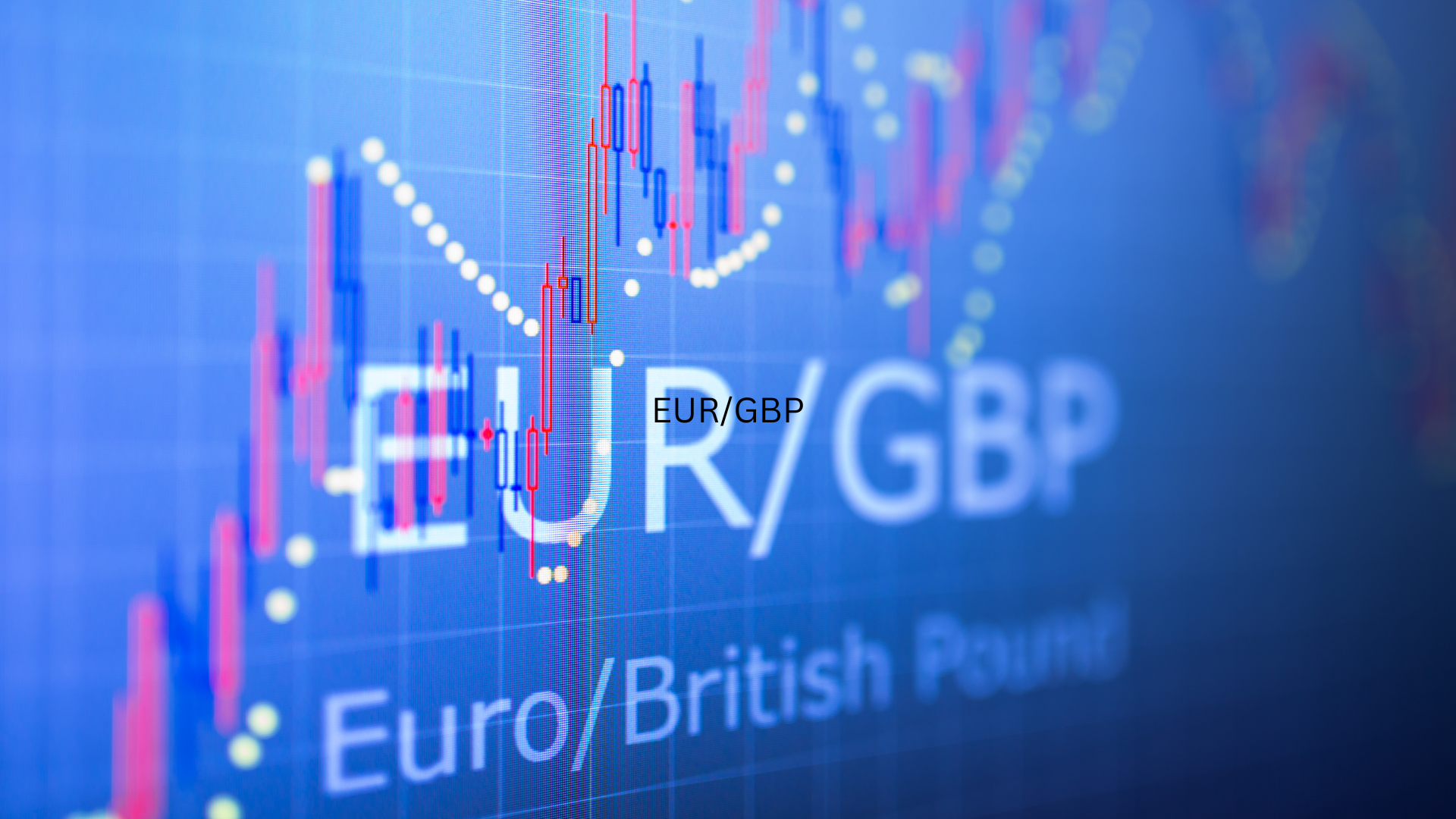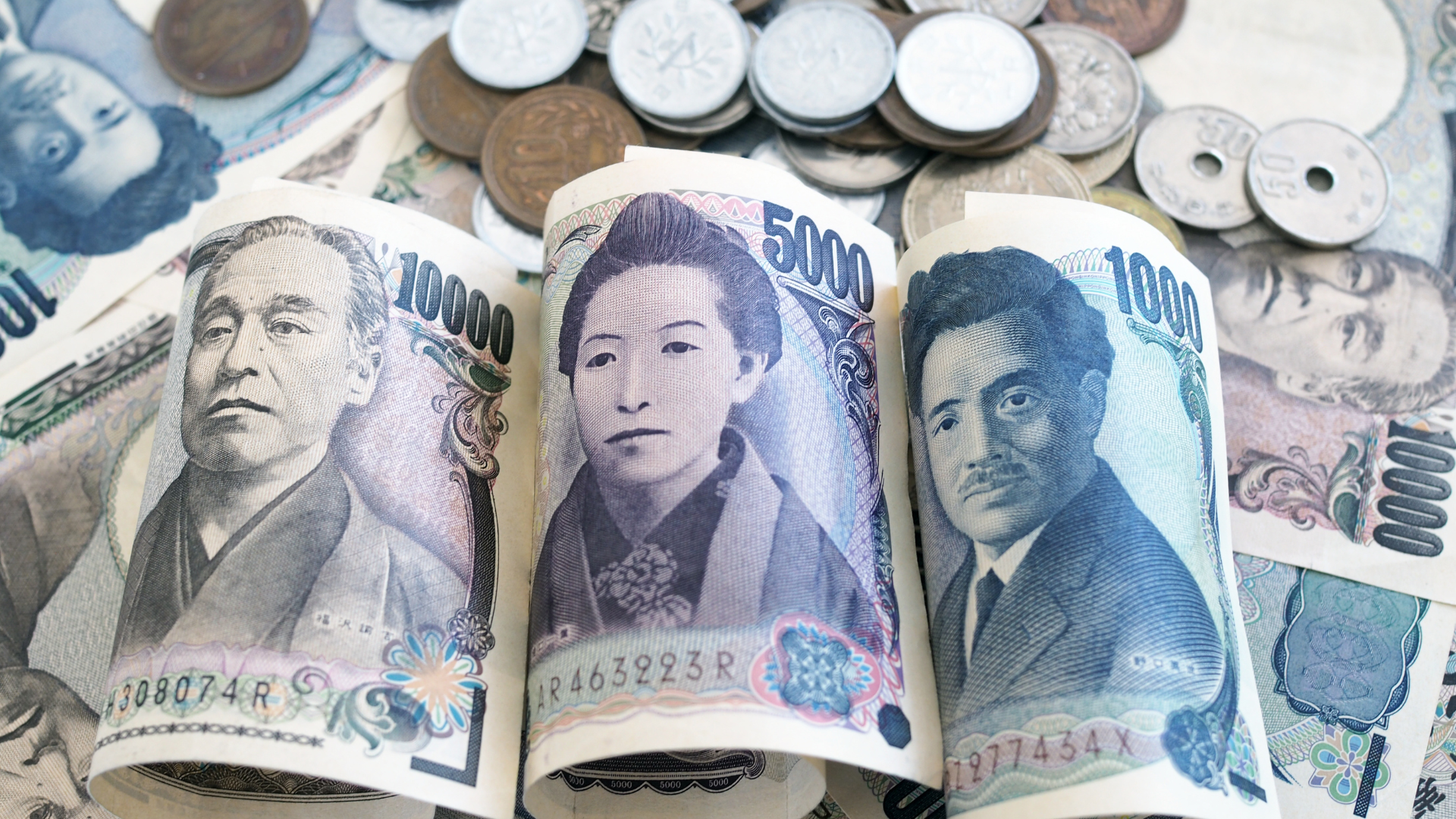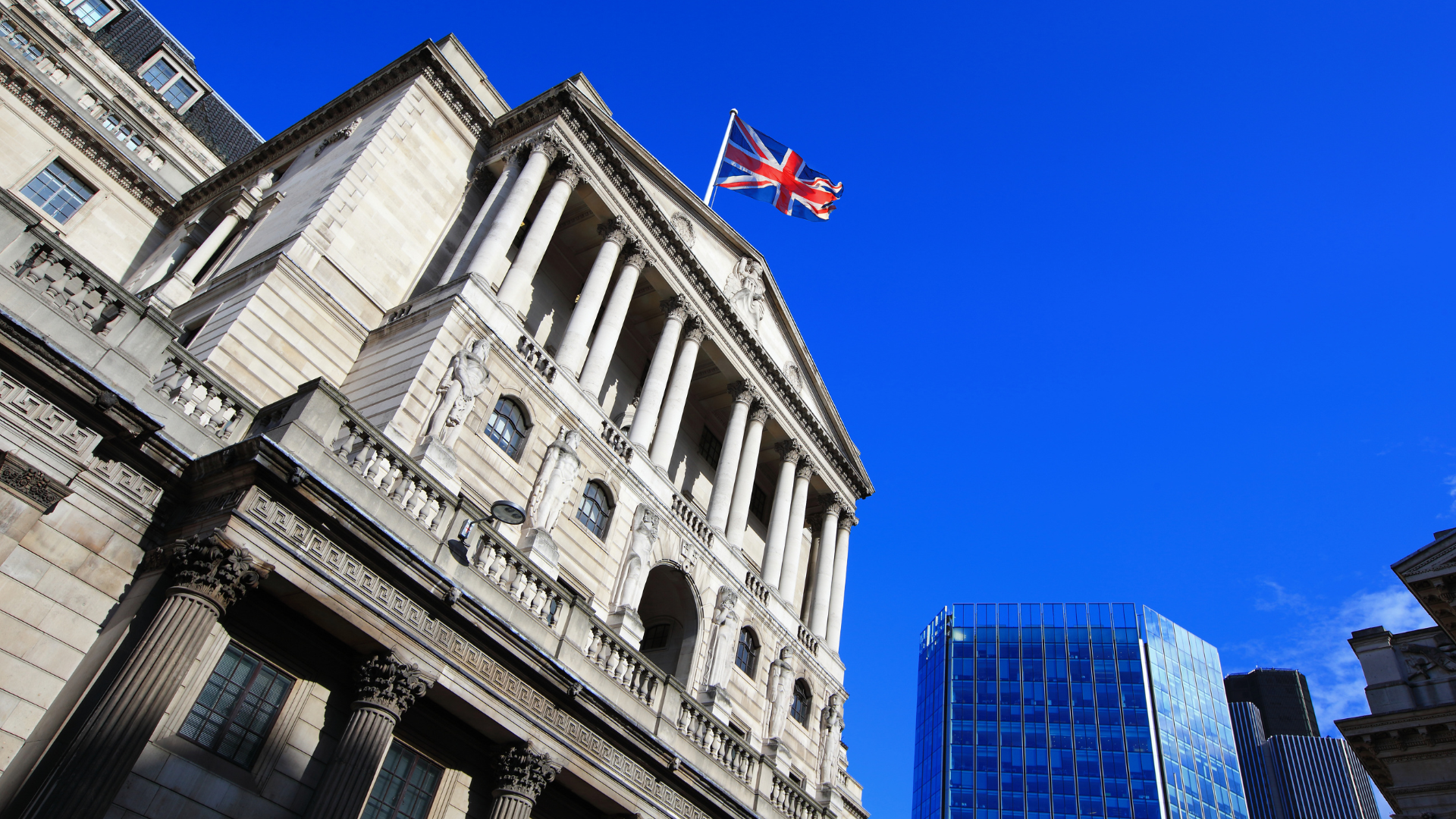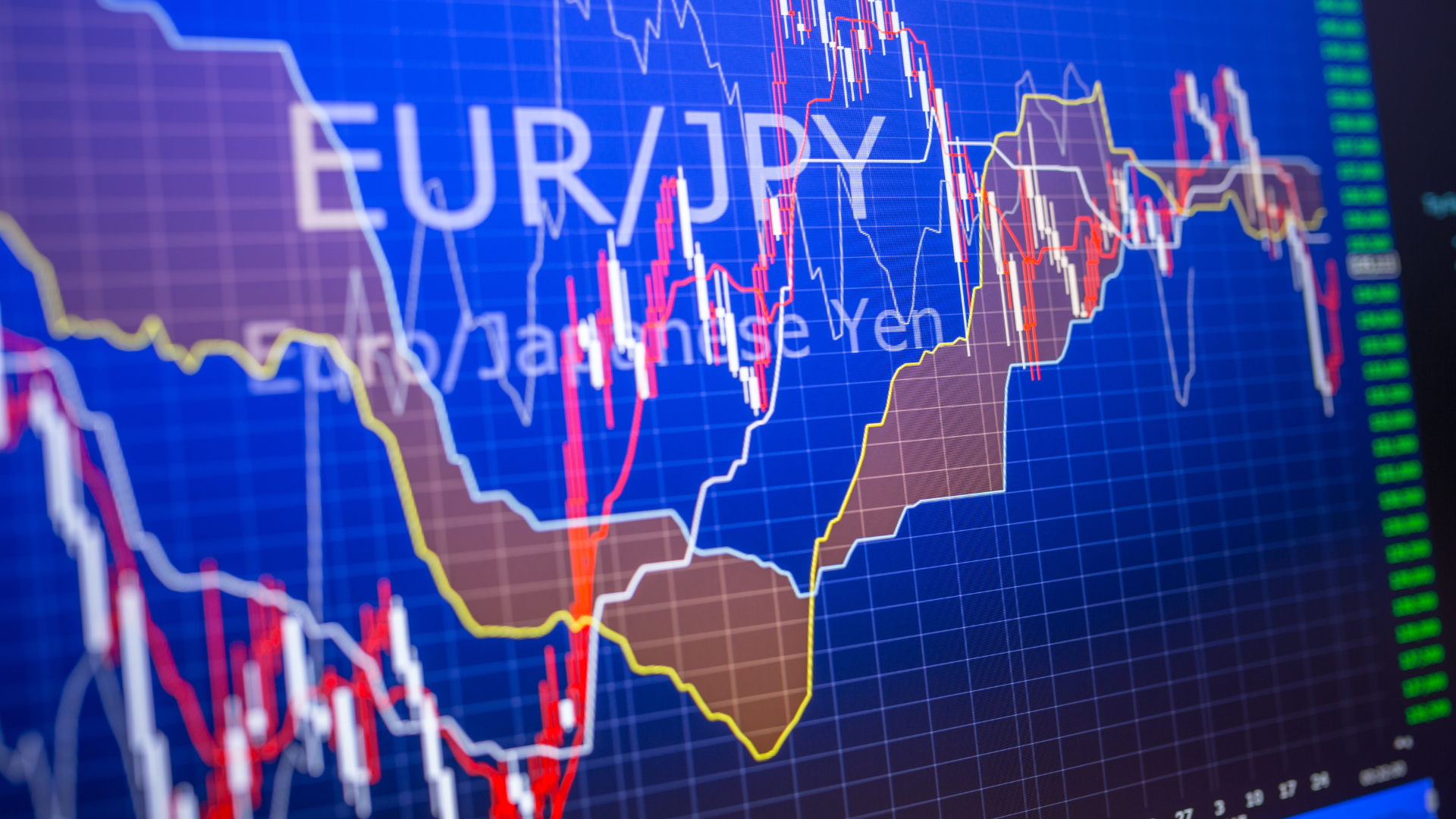The Bank of Japan (BOJ) is widely expected to begin raising interest rates in the latter half of 2025, according to a recent survey of economists. With inflation remaining above the central bank’s target and wage growth showing signs of sustainability, policymakers may finally move away from the country’s long-standing ultra-loose monetary policy.
Despite market speculation that the BOJ could act sooner, most economists see the central bank maintaining its accommodative stance in the near term. The cautious approach reflects ongoing concerns about Japan’s economic recovery, which has been uneven despite steady consumer price gains. Officials have emphasized the need for sustained inflation, driven by stronger domestic demand, before committing to rate hikes.
The yen has struggled against the U.S. dollar, weighed down by the BOJ’s divergence from other major central banks, which have kept rates elevated. A shift in Japan’s policy stance could provide some support for the currency, although analysts warn that any tightening will likely be gradual to avoid disrupting financial markets.
Investor focus remains on wage negotiations and corporate pricing strategies, key indicators that BOJ officials have highlighted as prerequisites for policy tightening. If wages continue to rise and inflation stays stable, pressure on the central bank to act could intensify, potentially accelerating the timeline for the first hike in decades.
Meanwhile, global economic conditions and U.S. monetary policy shifts could also influence the BOJ’s decision-making. A slowdown in U.S. interest rate hikes or signs of weakness in Japan’s export-driven economy may complicate the central bank’s path toward normalization.
Should policymakers delay a move beyond 2025, markets could see further yen weakness and continued pressure on Japan’s bond market. On the other hand, an earlier-than-expected shift could prompt volatility in global currency markets, given Japan’s role in international trade and finance.
For now, the BOJ remains committed to its data-dependent approach, leaving investors and economists watching for signals that Japan’s historic era of low rates may finally be coming to an end.


